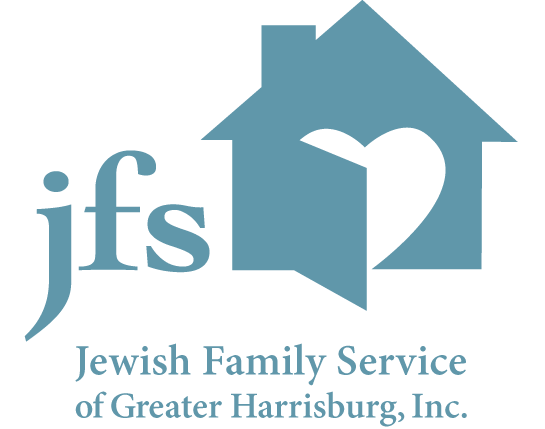When issues, problems, and conflict arise in families, it is often because family members have different or conflicting goals. Sometimes they have the same one but have different ways to reach that goal. When the conflict is between adults or older youth, it can be very helpful to talk about what the goal is; this stops the arguing and power struggle and re-focuses the discussion. There is a step-by-step process to identify a common goal and provide a roadmap to reach the desired outcome. This technique is called the DAPIM™ process: Define–Assess–Plan–Implement–Monitor. This method may feel like a lot of work or silly at first, but it gets more comfortable the more often you use it, until it becomes your automatic way of solving issues in the home.
What Exactly is DAPIM?
All of the steps for using the DAPIM™ process for problem solving are done together and agreed upon by all. It helps to write things down during this method of problem solving. D stands for DEFINE: what is the outcome you want? It must be agreed upon by all involved and possible to achieve. This step may take some time as you compromise to reach a common goal. Even small agreed upon goals are great to start with. A represents ASSESS: this includes what is working now (strengths), what it not working (needs). Focus is on the outcome as you uncover the strengths and needs. P stands for PLAN: use the strengths and needs to plan for the steps to reach the desired goal. What changes have to happen to reach the goal? How can the strengths help with these changes? Make and write down specific mutual items. I means IMPLEMENT: put the plan into action, try the changes you agreed upon. M is MONITOR: set up a time that you will go back to the plan to assess again. Sometimes this is two weeks or six months depending on what the goal is. What is working? What is not? Change the plan accordingly.
REPEAT-REPEAT-REPEAT
The key to the DAPIM process is that it can be and should be repeated often to reach goals. Many times, when you are in the assess part, you come up with many things that need to change. But please don’t do everything at once, just focus on the ones that are the most important right now. When a goal is reached, go back to what you originally wrote down to choose another goal. Use the entire process each time you want and need to develop a change or reach a goal and you will see how fast it becomes the way you think about change!
by Kathleen Swain MSW, Permanency Coordinator, JFS Adoption & Foster Care Program





